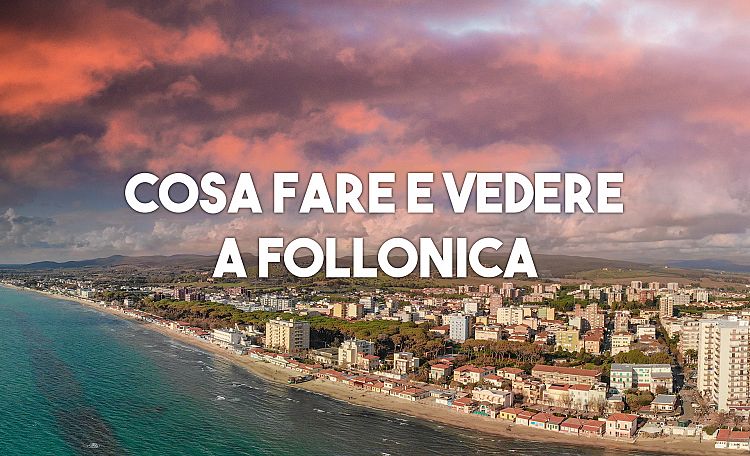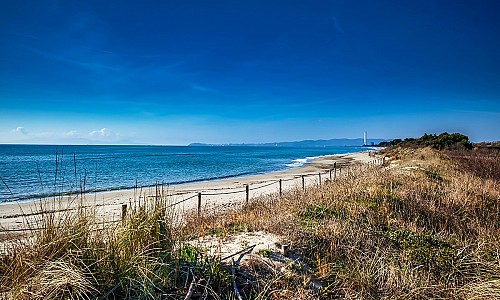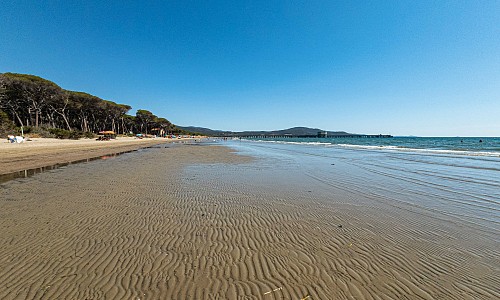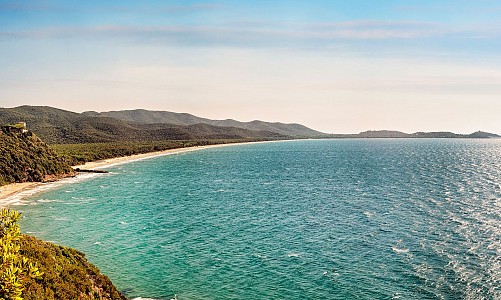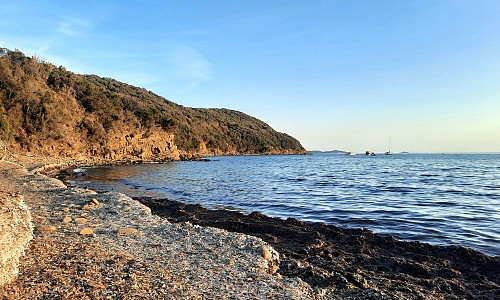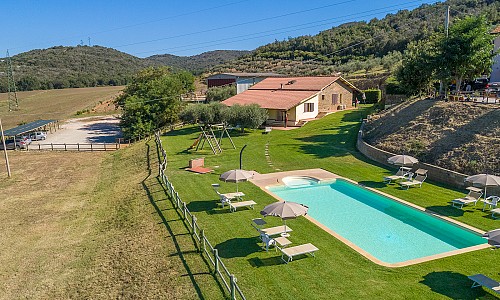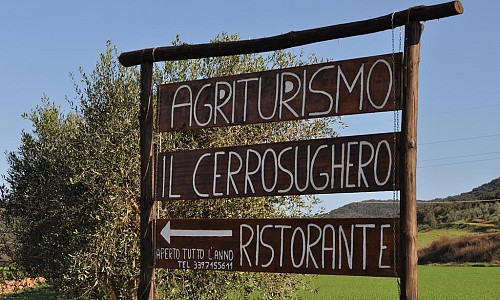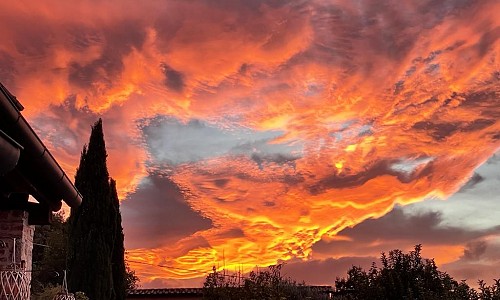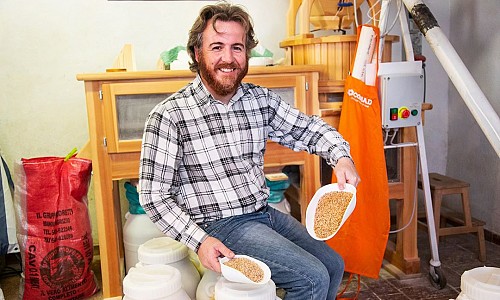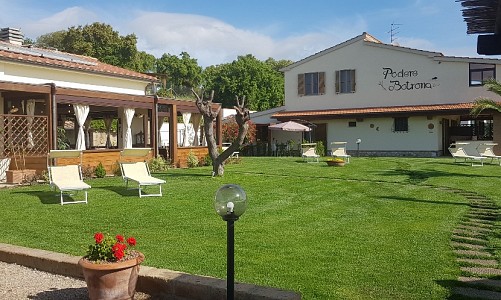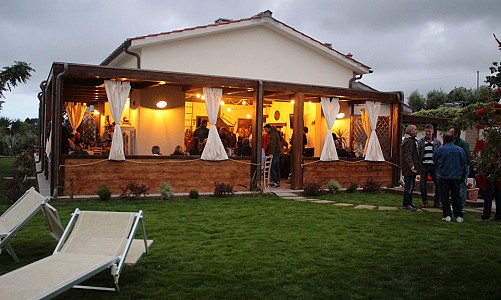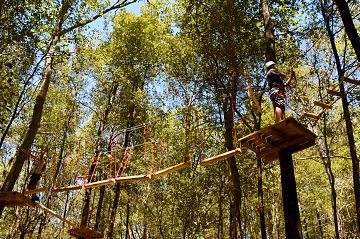What to do and see in Follonica ☀️
- Category What to visit in Maremma
Follonica: What to do and to see, walks, beaches and more.
Number of views: 16090Agriturismo - Where to stay overnight
What to see in Follonica: the ex ILVA area and its portal, the Palazzo Granducale, the Church of San Leopoldo, its wonderful beaches, the villages and the neighboring natural parks.
- The former ILVA area and the cast iron portal
- Grand Ducal Palace
- The Church of San Leopoldo
- Ruins of the Castle of Valli
- The beaches of Follonica
- Scarlino and the Rocca Pisana
- Grosseto Metalliferous Hills Park
- Sterpaia Coastal Park
- Montioni Natural Park
- Water Park "Acqua Village Follonica"
- Gavorrano
The former ILVA area and the cast iron portal
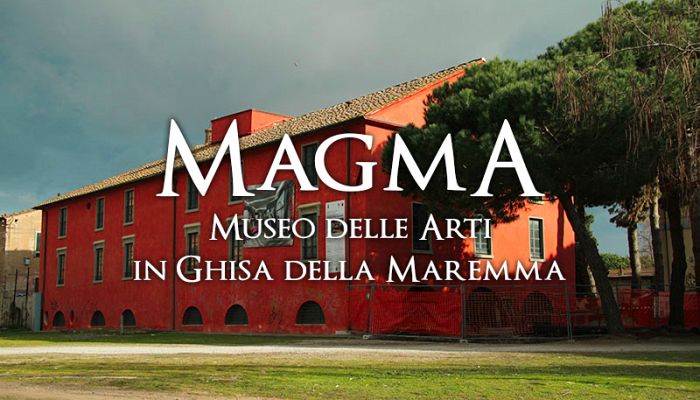
The area in question is located in the heart of the town in the municipality of Follonica and consists of some establishments, currently abandoned, of the ILVA foundries.
The complex had developed starting in 1546 when the ironworks for the construction of iron was built, a constant process allowed the development of the building, becoming to all intents and purposes, a "factory city".
It developed so effectively that in 1831 it established itself as one of the most avant-garde iron and steel poles in Italy.
The foundries of Follonica slowly went into decline following the birth of the new center located in Piombino. It all ended with the closure of the factories in 1960.
To date, the entire area is home to an important recovery project: the MAGMA, the Museum of Cast Iron Arts in the Maremma, also houses a library b> and has an access door to the Archaeological Technological Park of the Metalliferous Hills of Grosseto.
➡️ MAGMA, the Museum of Cast Iron Arts
Palazzo Granducale
The Palazzo Granducale was built in 1845 with the aim of hosting the Grand Duke Leopold II, today it is the headquarters of the State Forestry Corps.
Inside it is possible to admire stuccoes and ceilings full of frescoes, the stupendous garden with monumental plants and white marble tub, commissioned by Napoleon Bonaparte and commissioned from Canova as a gift to his sister Elisa Bonaparte, Grand Duchess of Tuscany.
The Church of San Leopoldo
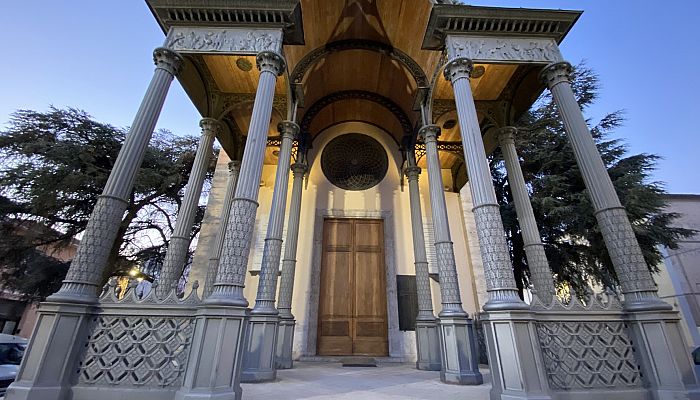
The Church of San Leopoldo was built between 1836 and 1838 and designed by Alessandro Manetti. The construction is the best representation of the level of specialization that the Follonica foundry reached.
A unique example in Italy as it is accompanied by a cast iron pediment, a material that was also used for furnishings, friezes and decorations.
Ruins of the Castle of Valli
On the hills behind Follonica, there is the Castello di Valli, or rather, its ruins. Traces of it date back to 884 when it was the summer residence of the bishops of Lucca.
Subsequently it passed under the Aldobrandeschi family, then to the Pisani, to the Appiani lordship and finally to the Grand Duchy of Tuscany. Currently the ruins of the imposing tower, some well-preserved buildings and part of the walls are visible.
The beaches of Follonica
In the gulf of Follonica there are numerous beaches, free or equipped, here are a few:
Cala Violina beach
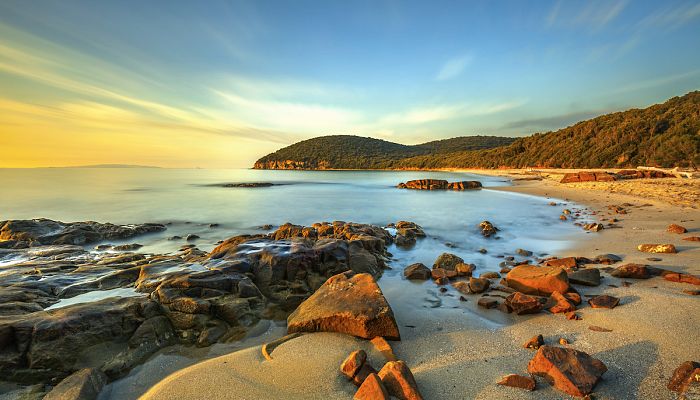
Cala Violina it is one of the most beautiful beaches of the Maremma, clear sand, crystal clear sea and the unspoiled nature of the nature reserve.
Cala Violina it overlooks a thick and luxuriant Mediterranean scrub. The beach is clear and grainy, composed of very small grains of quartz.
La Carbonifera beach
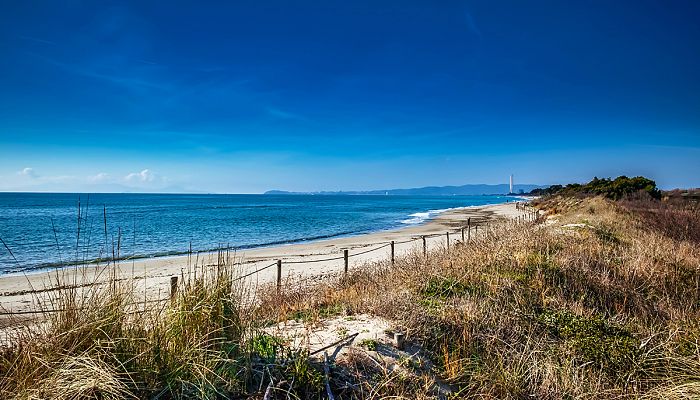
La Carbonifera beach it is 5 km away from the center of Follonica, takes its name from the nineteenth-century tower that still dominates the beach; this tower was a commercial port and marked the terminal point of the railway with which the coal from the mines of the interior reached the sea.
Torre Mozza beach
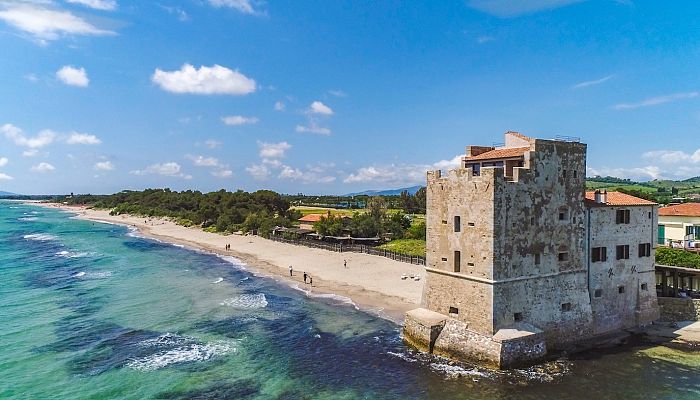
The Torre Mozza beach it is 3 km away from the center of Follonica, it is a beautiful beach "supervised" by an ancient tower from the 1500s which had the function of spotting any Saracen incursions. There are both bathing establishments and a free beach. The environment is wild, made up of sand dunes and reed beds, remember that even the Torre Mozza beach it is part of the Sterpaia Coastal Park.
Cala Civette
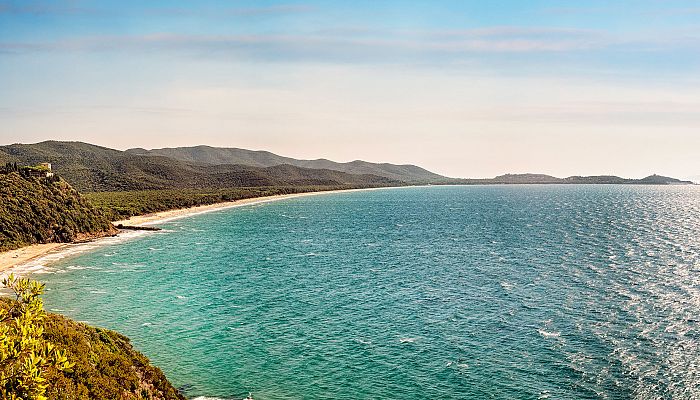
The Gulf of Follonica extends from Piombino to Punta Ala and has countless beaches mainly of fine white sand. Between gulf beaches, south facing and close to Cala Violina there is Cala Civette, a heavenly oasis with the typical colors of the Maremma: crystalline green water, straw-colored sand and Mediterranean scrub all around with an intense green. The sandy beach of Cala Civette is located about 20 km from the Casa in Maremma Village, in the direction of Punta Ala.
➡️ Cala Civette
Scarlino and the Rocca Pisana
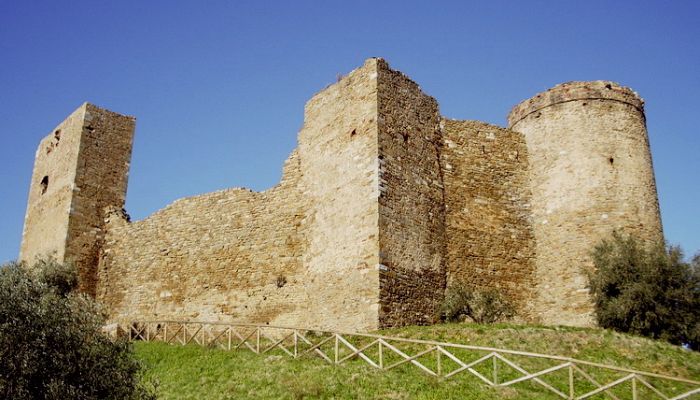
Perched on top of a hill, the Rocca Pisana had the function of bulwark in the defensive chessboard of the Aldobrandeschi, who fortified it with the castle that still dominates the town. In 1855 it was hit by a serious epidemic of cholera which apparently disappeared inexplicably on August 19th and in honor of this miraculous event every year there is a celebration called "The Careers of Nineteen". Today the seaside holiday town of Scarlino it has become a modern industrial center with a well-equipped tourist port, near the locality of Puntone, managing not to sacrifice the happy synthesis of environmental, naturalistic and historical values to the surrounding area.
➡️ Rocca Pisana
Grosseto Metalliferous Hills Park
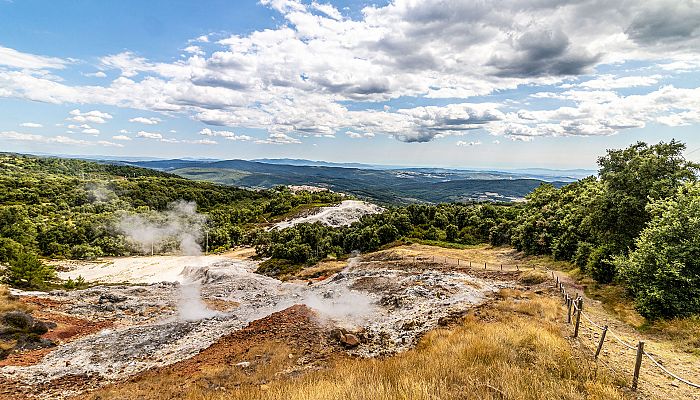
The Parco delle Colline Metallifere Grossetane is a multi-thematic area belonging to the geoparks recognized by UNESCO.
The park is divided into areas of Etruscan archeology, areas of industrial archeology, natural and environmental areas, villages and castles.
➡️ Grosseto Metalliferous Hills Park
Sterpaia Coastal Park
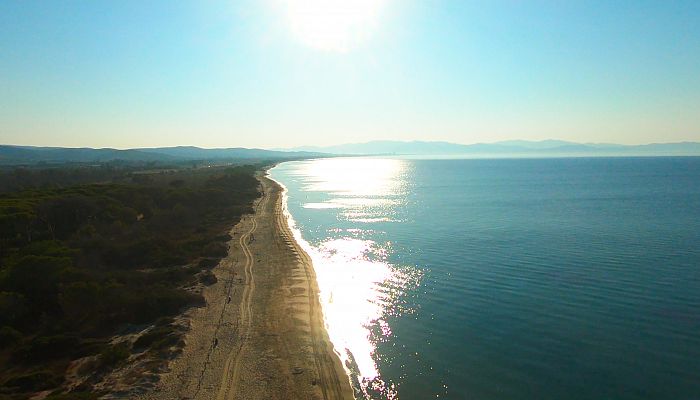
The Parco Costiero della Sterpaia offers about 295 hectares and extends between the coast of the gulf of Follonica and Piombino. It is an example of a humid forest with gigantic oaks, dunes, beaches and a rich fauna made up of many small animals.
The artistic signage created by the sculptor Marcello Guasti is also interesting, bronze works on trunks of dead plants with some poetic verses that adapt perfectly to the poetry of the environment.
The route and the visit itself do not present particular difficulties, making it an ideal itinerary also for families with children and the handicapped.
Along the Sterpaia Coastal Park it is also possible to come across areas equipped for a picnic and bathing establishments.
Montioni Natural Park
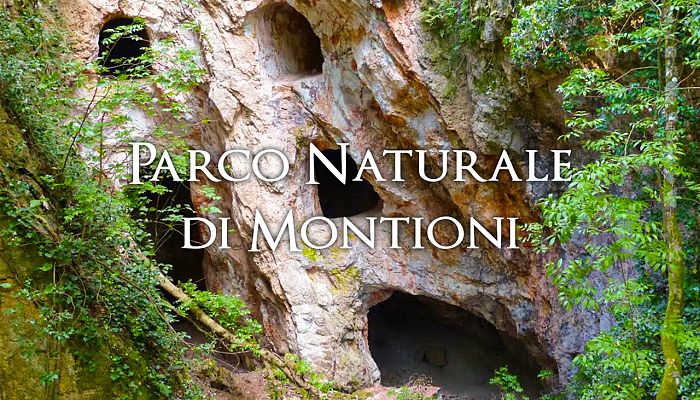
The Natural Park of Montioni includes an area of about 7000 hectares, including nature reserves and ancient medieval remains. It is possible to visit the Montioni Natural Park via paths that can be traveled on foot, by bicycle or on horseback.
➡️ The Natural Park of Montioni
Water Park "Acqua Village Follonica"
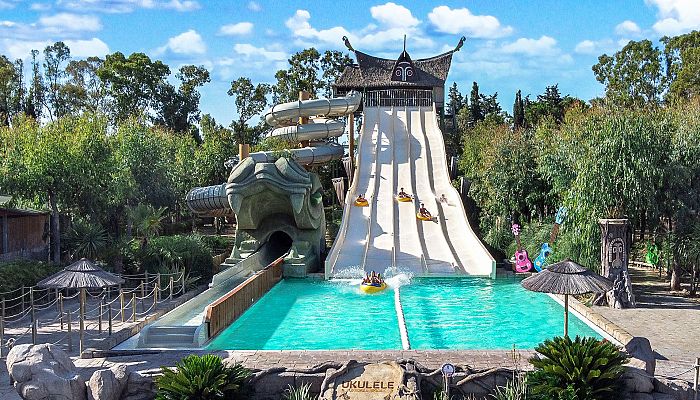
Acqua Village Follonica is a Hawaiian-themed water park where you can spend your days between relaxation and fun. Waiting for the guest: Naheka, the snake slide, a path to be experienced completely in the dark, which can be traveled on with one or two-seater inflatable boats. Even the Musical Slide can be traveled on with one or two-seater rafts, and is accompanied by Hawaiian-themed music. You will also be able to experience the height of the Kamikaze, the parabolic curves of the Anaconda and the hills of the Surfing Hill.
➡️ Discover Acqua Village Follonica
Gavorrano
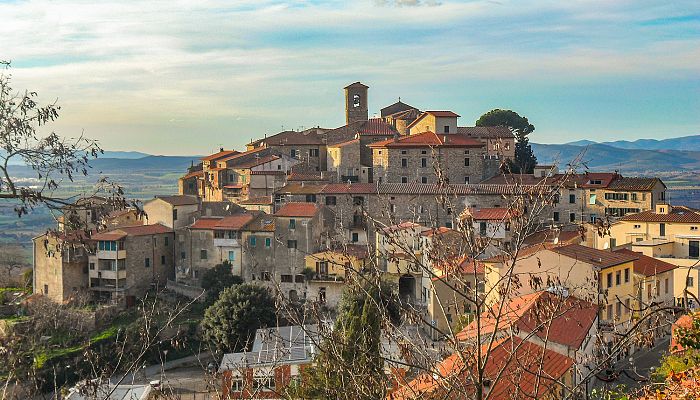
The vast territory of the Municipality of Gavorrano it extends over 19,000 hectares of land within an area of great environmental quality, where natural, cultural and historical resources stand out. In the territory of the Municipality of Gavorrano in close contact are thousands of hectares of Mediterranean scrub, oak and chestnut groves, Etruscan tombs and medieval castles such as the Rocca di Castel di Pietra; old mines such as that of Gavorrano, today abandoned and together with that of Ravi inserted in the Natural Mining Park of Gavorrano.

